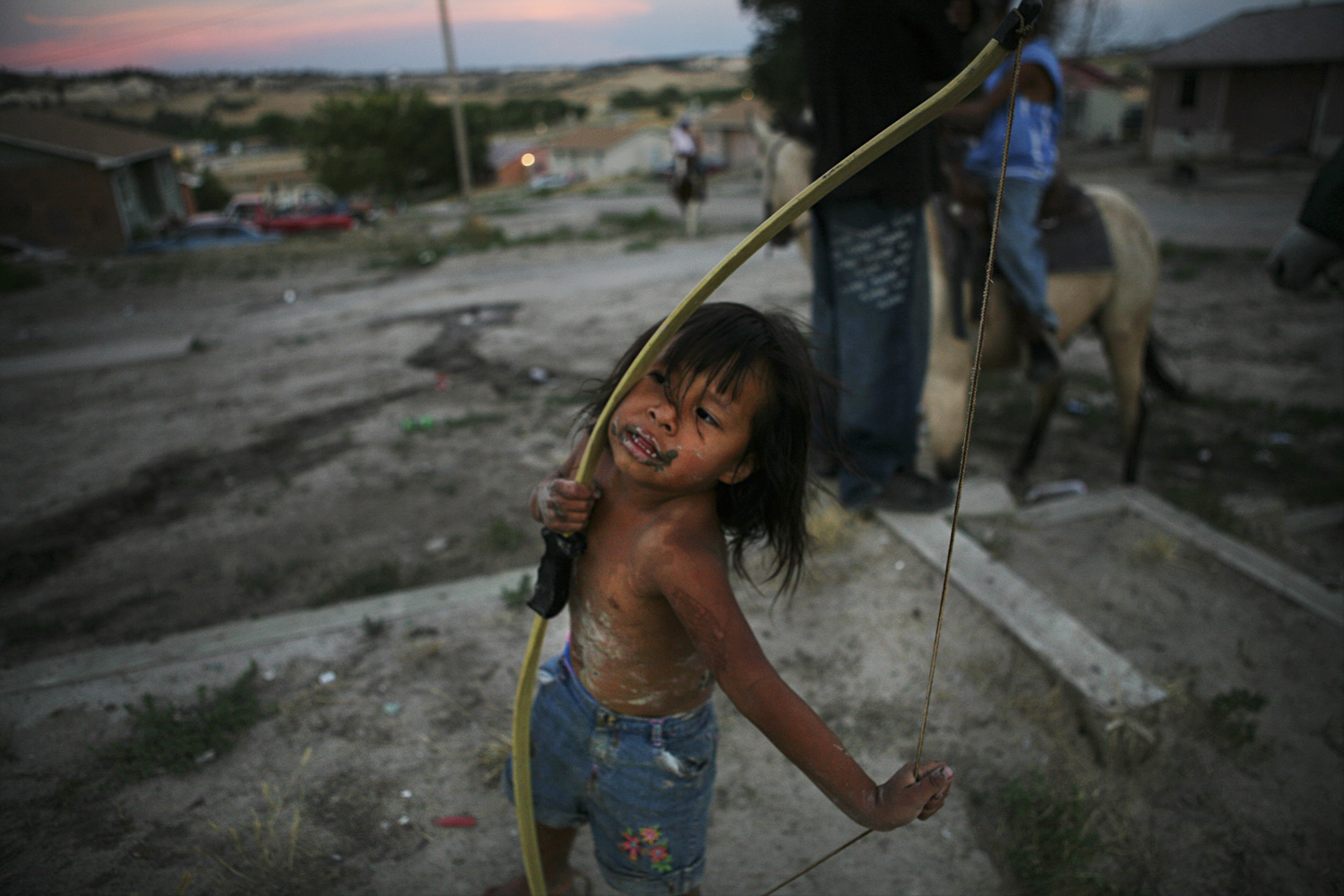
Aaron Huey has photographed the Oglala Lakota for seven years. The community of Sioux is confined to the Pine Ridge Indian Reservation in South Dakota, about 75 miles southeast of the Black Hills. In 1890, it was the site of the Wounded Knee Massacre. Today, it’s one of the most impoverished counties in the nation—a ground zero for substance abuse, gangs and domestic violence. It’s also a final resting place for millions of misinformed opinions that nothing else happens there. Huey’s photographs have been widely published, but the issues and stereotypes remain, and so we look again.
Huey, 37, is based in Seattle. He first ventured onto the reservation as part of a larger story about nationwide poverty, but after wandering into Manderson, one of the more violent areas, he refocused the project on life there. “It was where the first people took me in,” he says. It became his home base and, over the years, he would go back because their plight deserved more attention. Anyone can stick around for a while, but it’s what they do in that time, and who they meet, that makes a difference. Huey’s new book, titled Mitakuye Oyasin, translates to “You are all my relations,” (a phrase used when someone enters or leaves a ceremony), is a testament to that.
But just being there didn’t equate to street credibility. Huey says he’ll never be accepted because, as a white man, he represents the country’s past steeped in oppression and is an easy target for anger. Yet, as he wandered their streets, and witnessed their traditions, and captured their struggles—with his eye in the viewfinder and index finger on the shutter—he gradually formed relationships. He’s close with Travis Lone Hill, who he met early on and who, despite being a Gates scholar, has at some point worn three other hats: Gangster, prisoner, new father. They bonded as Huey captured their struggle to honor heritage, but not to dwell on it.
Access was a years-long challenge. He could photograph before and after ceremonies, but not during. And when they thought he wasn’t capturing the reality of it all, they’d say: “Why are you doing this?” He would ask himself “Why am I doing this?” and recalibrate. His TEDx talk in September 2010 changed that. Huey sounded more like their ambassador than documentarian. In some ways, he was. His photographs became the sole information source about how they scrape by, and he urged Americans to understand its history of calculated hate against Native Americans. When he went back to the reservation, they trusted him more. They took him in deeper, so he went in deeper.
And for that reason, Huey doesn’t consider this book cut-and-dry photojournalism. He didn’t approach every scene with the limitations that bind news photographers and he didn’t shy away from being asked to participate in situations, like a ceremony, that made him part of the spiritual renaissance he was photographing. Instead, it’s his reality. It’s what he saw. It’s what he felt. “It’s not about exactly who that person is, or exactly what they were doing that day, and how exactly it fits perfectly in the context of this story,” he says. “What I am doing is showing you what I see when I close my eyes and think about this place.”
Huey didn’t include captions, specifically so he wouldn’t hold the reader’s hand as they thumbed through his photographs. It’s open to more interpretation that way. He knows that may lead some people to instinctually view the frames as dark—like the one of C.J., the young boy bathing in a sink, who could symbolize sadness and neglect—but Huey says that also leaves room for light to trickle in. “They have only one bathroom in a house that had 22 people at the time. The sink was cleaner. It was a more logical place for this three-year-old to take a bath,” he adds. “That family, I know, takes care of each other.”
Mitakuye Oyasin shows what he saw, even if it wasn’t the entire story. “It’s not going out of its way to make everything perfectly balanced,” he says, “but I don’t feel like life there is balanced.” He didn’t create the book to give them a voice either. “The people have always had a strong voice. It has just been hard to hear,” he says, instead calling himself just a “megaphone” for the voices already there. And that’s enough for him.
When Huey first arrived, he was treated like all the other journalists who trickled onto the reservation—shunned from the stereotypes they hope to quickly capture before fleeing back to comfort zones. Now, many call him their brother, uncle, friend. They are all his relations.
Aaron Huey is a photographer and frequent contributor to National Geographic. Huey is based in Seattle.
Andrew Katz is a writer for TIME. Follow him on Twitter @katz.

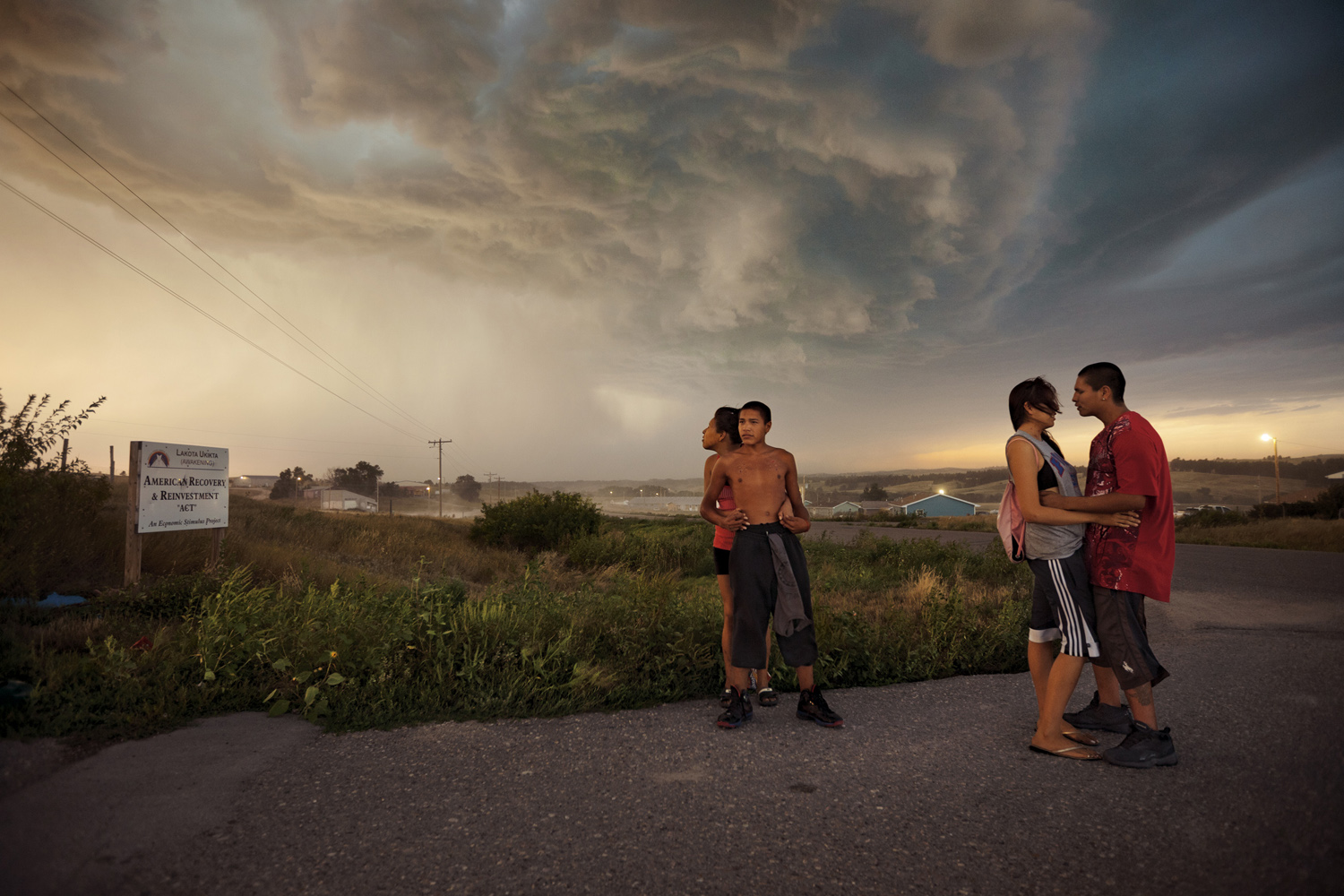
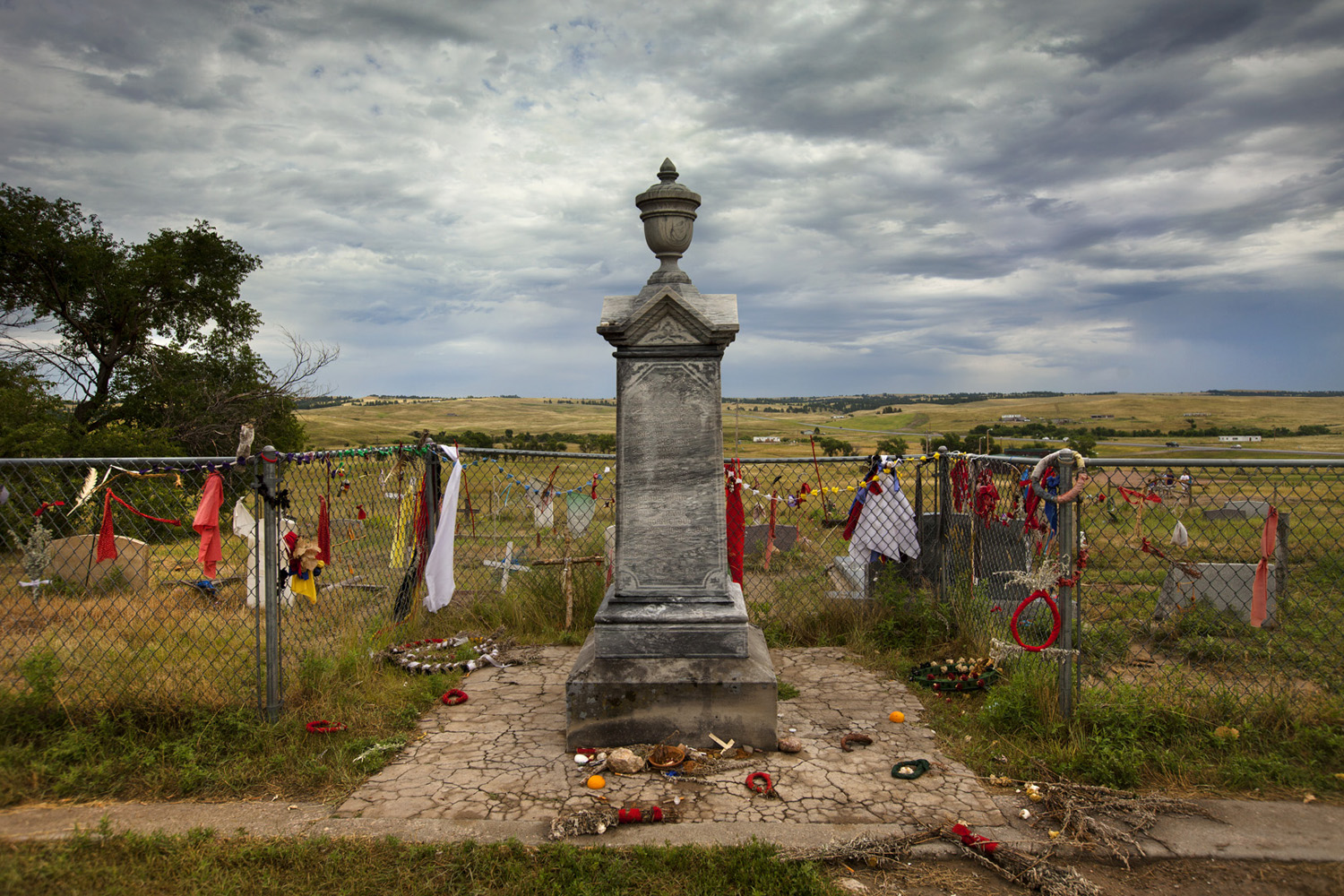
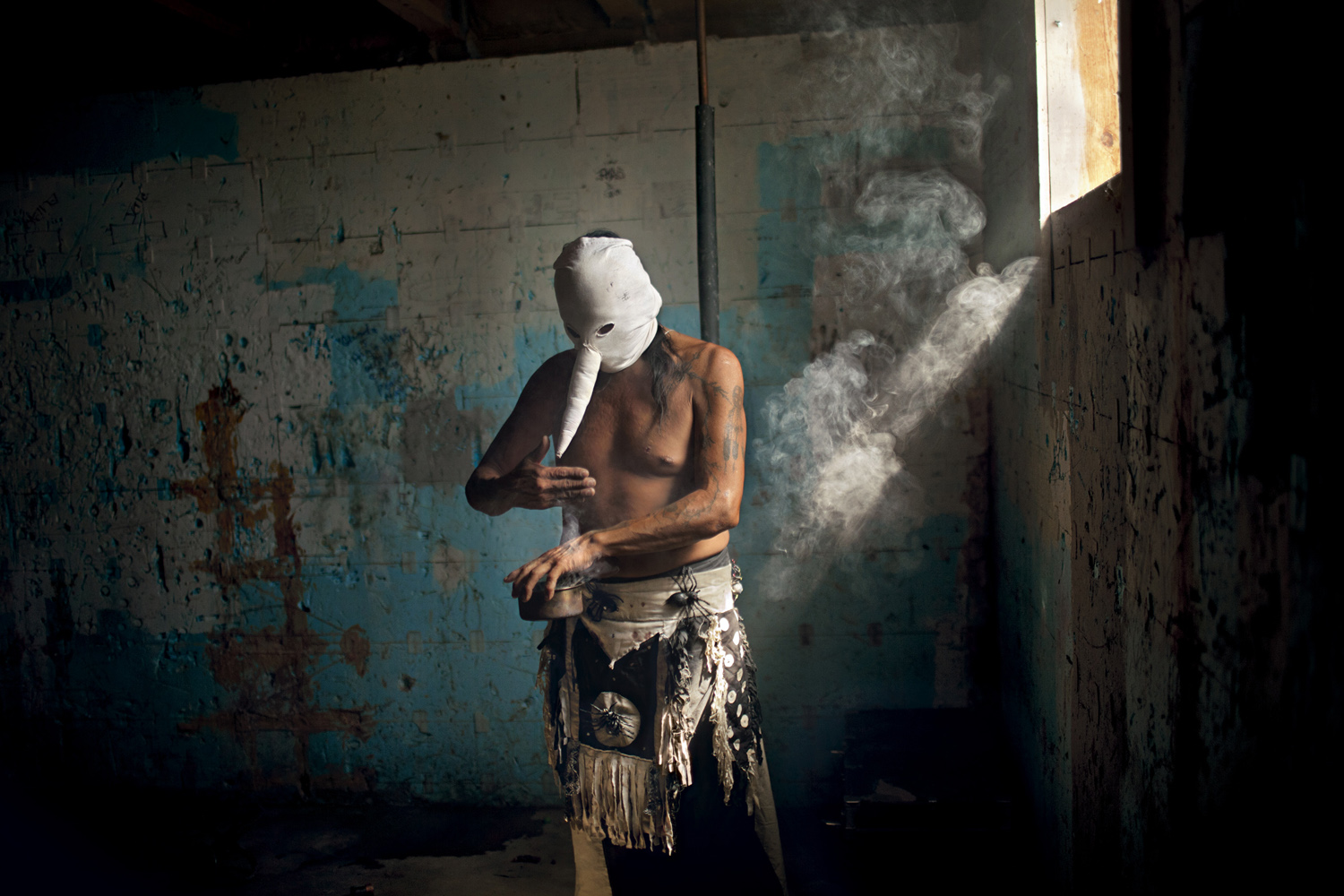
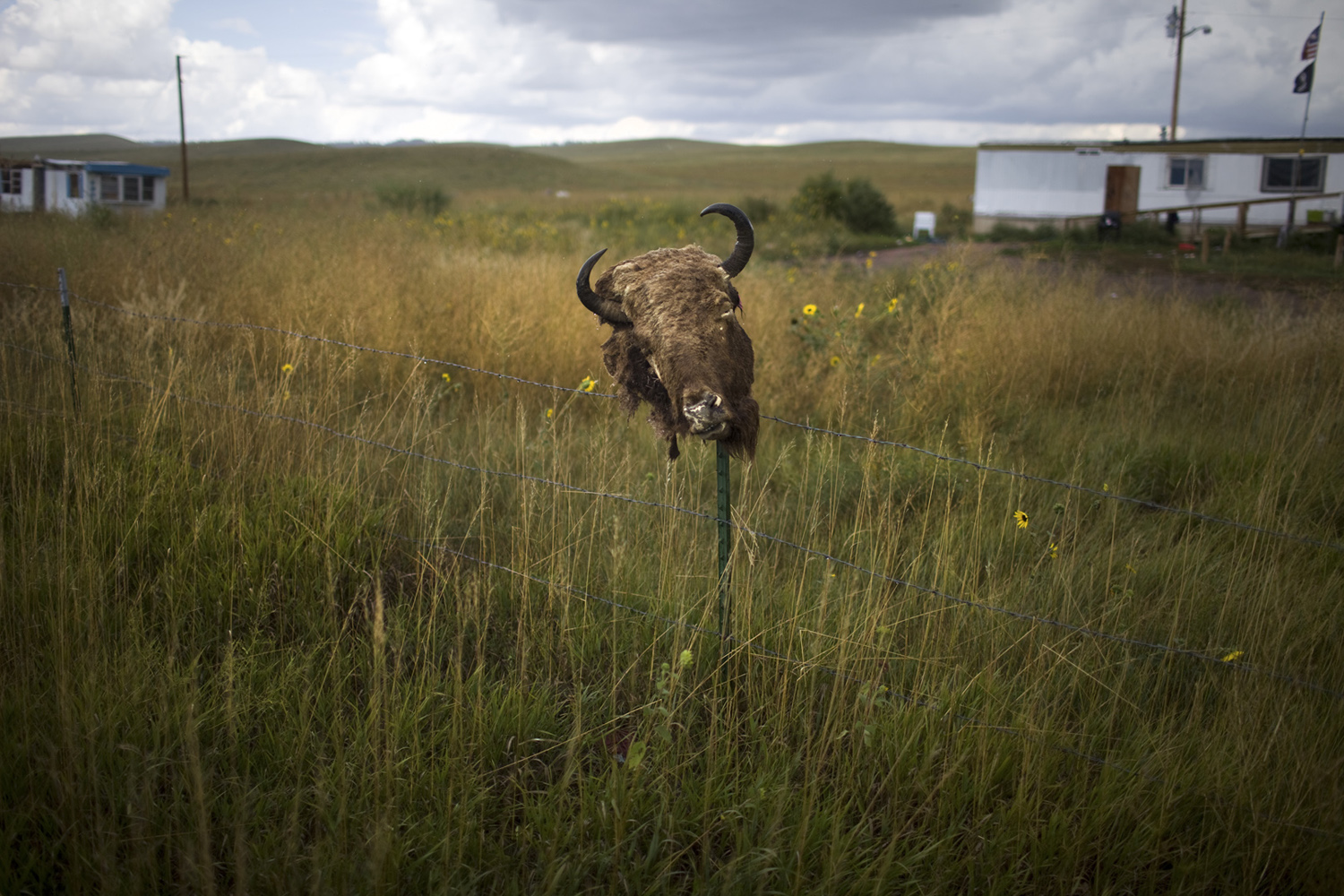
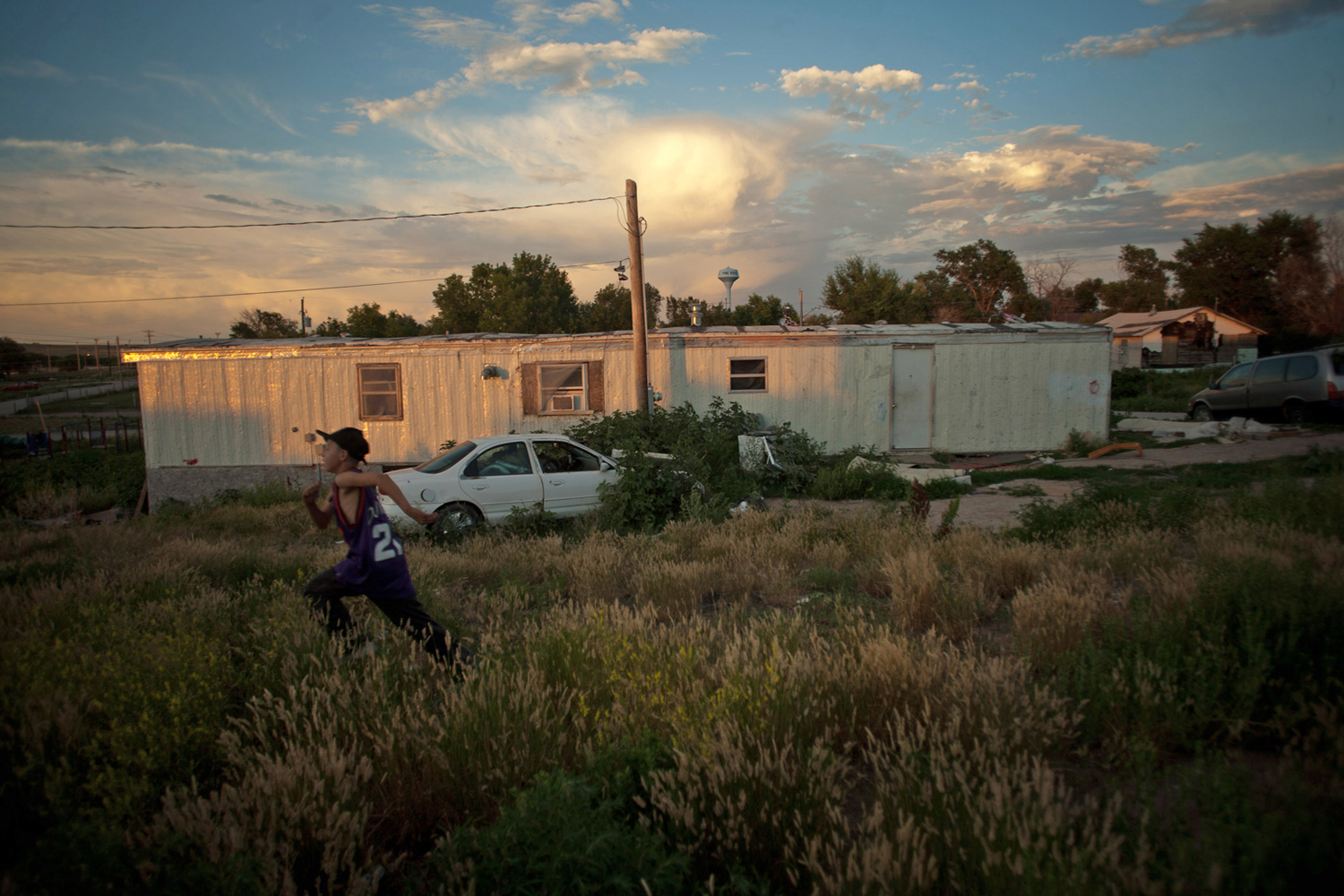
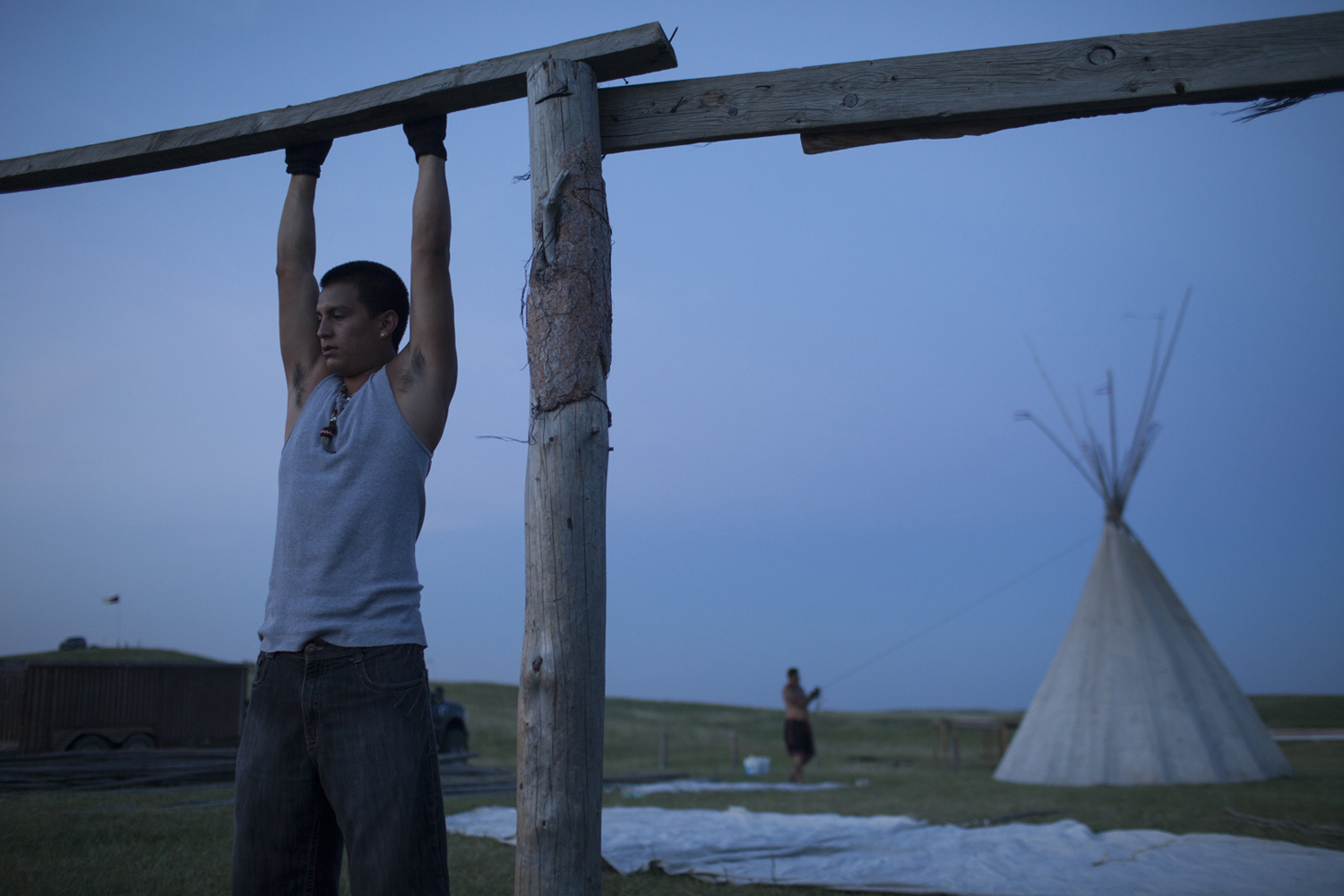

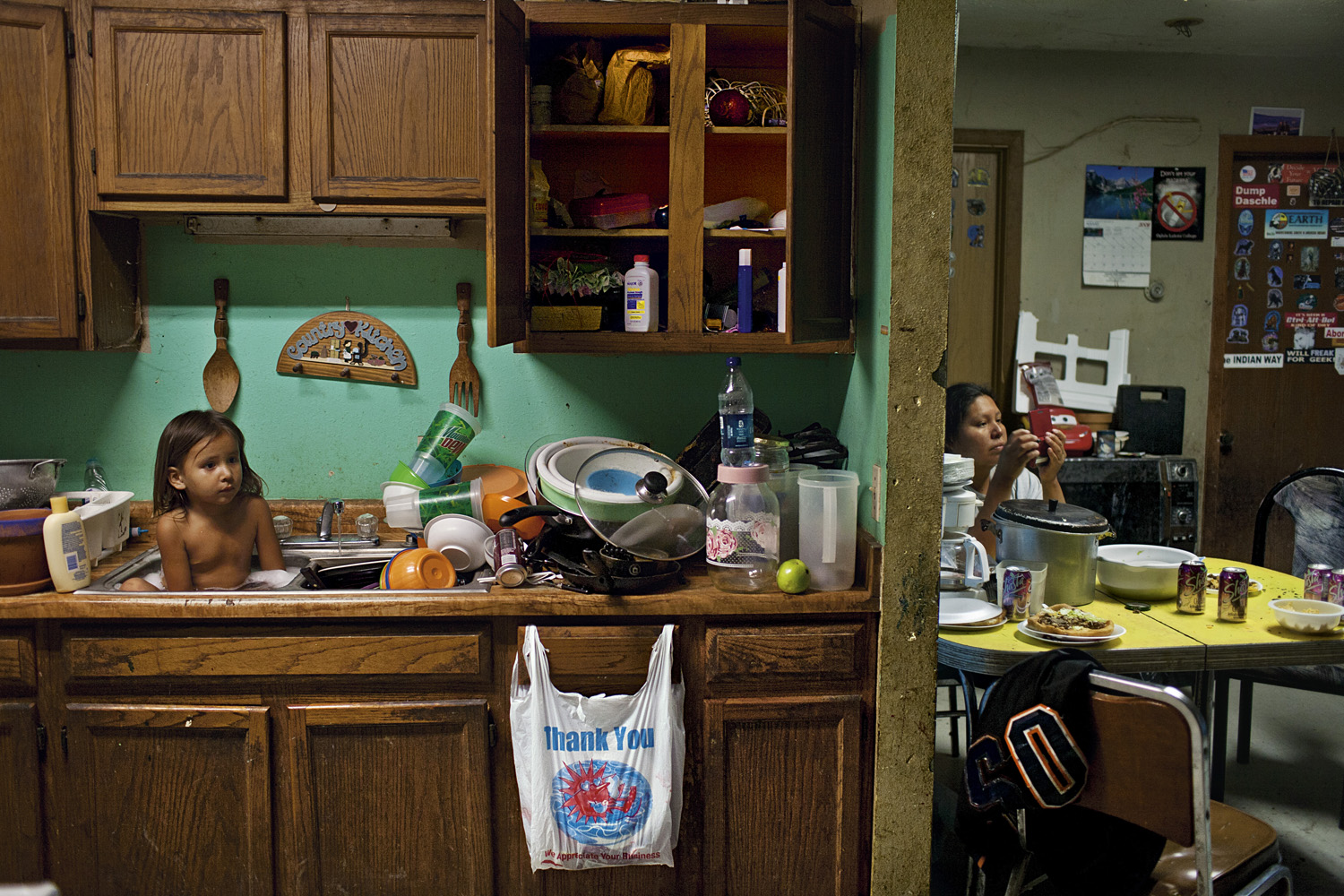
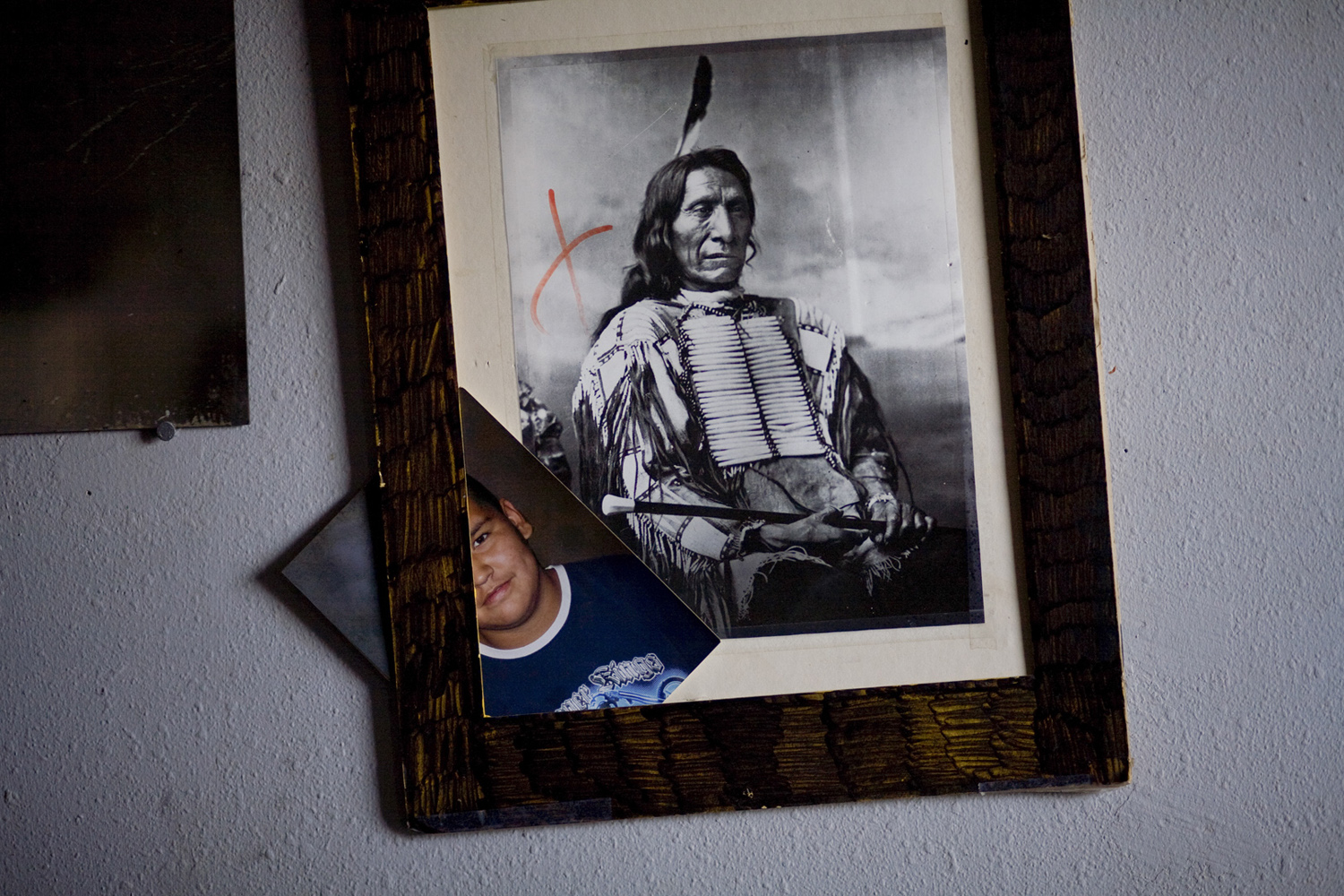


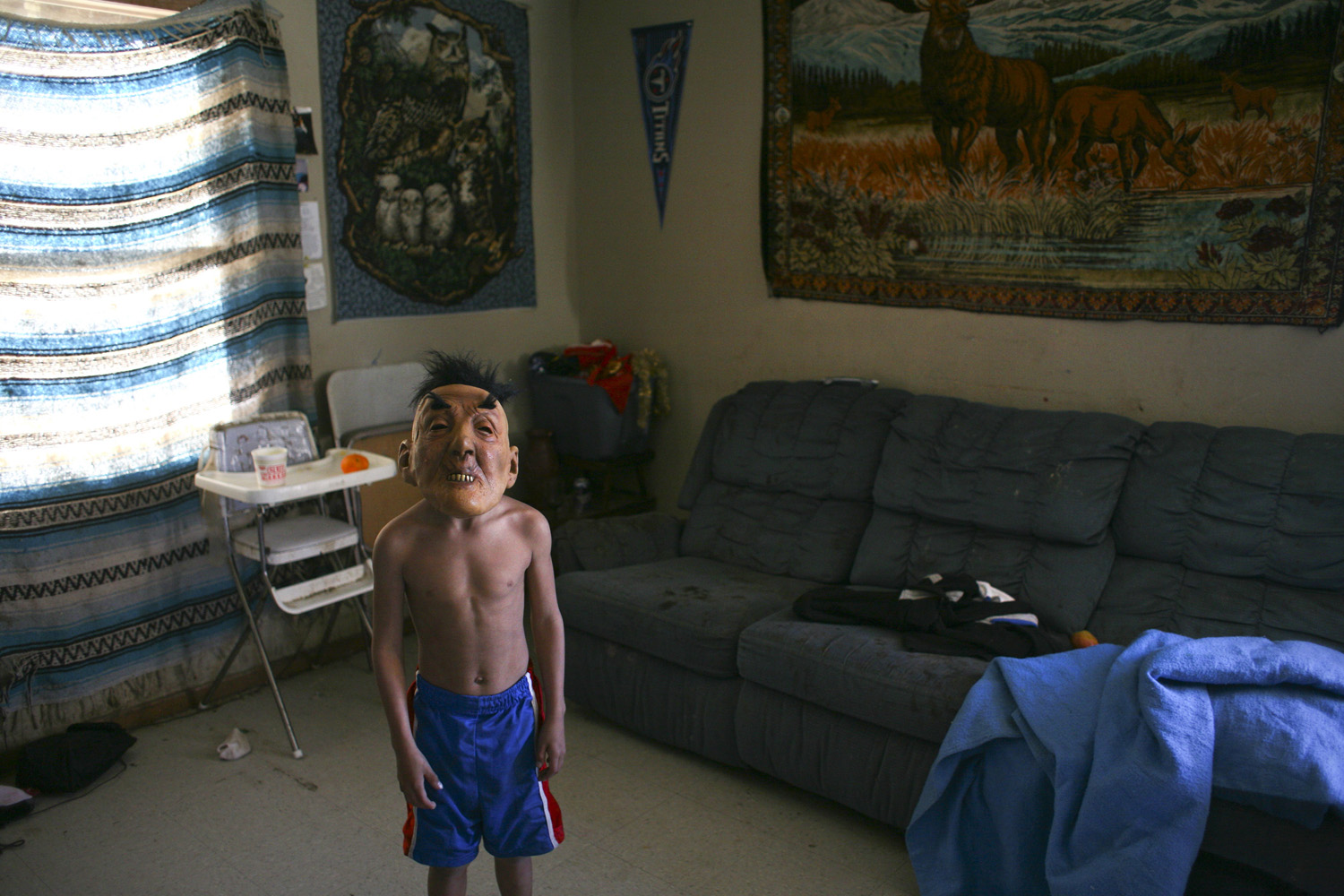
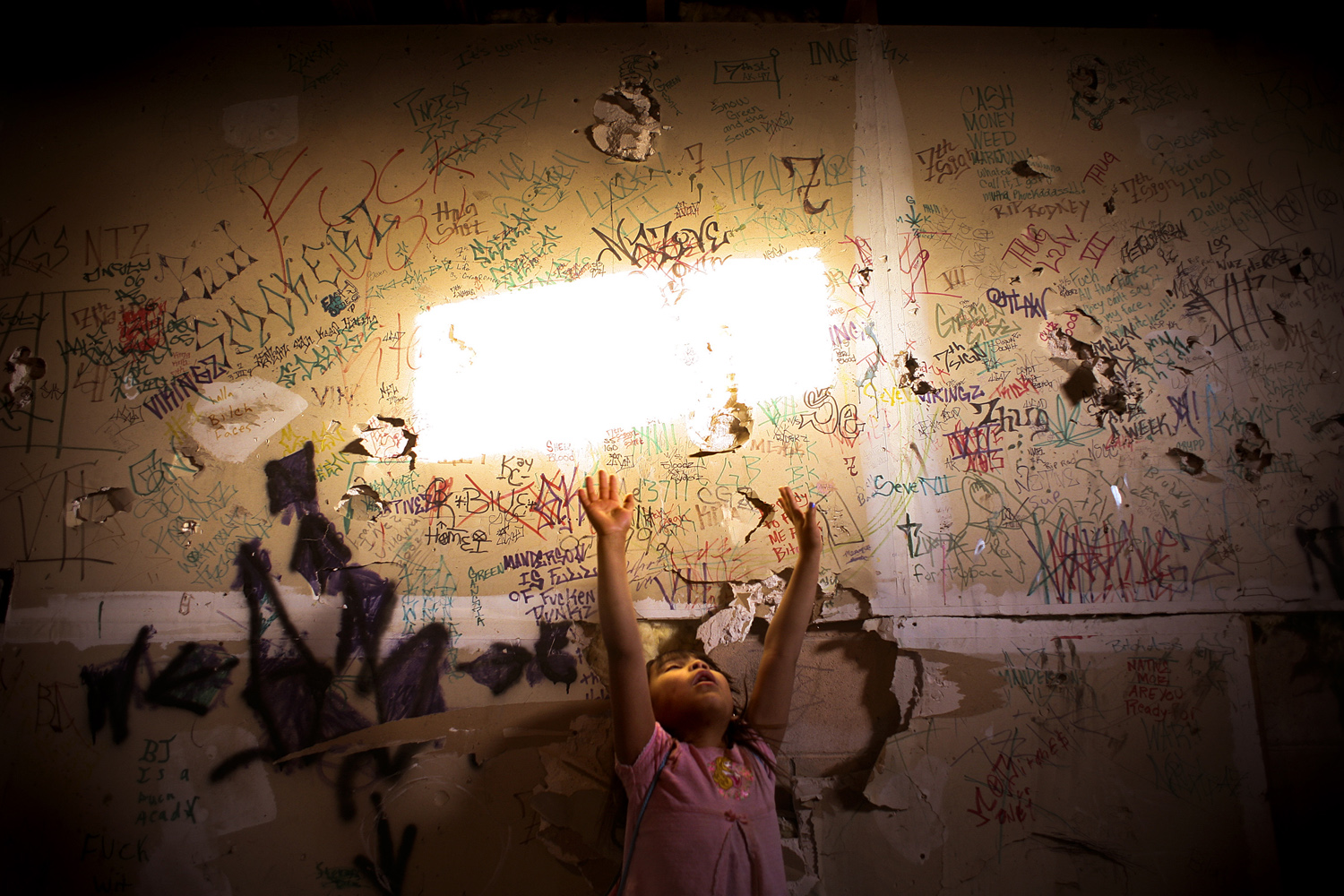
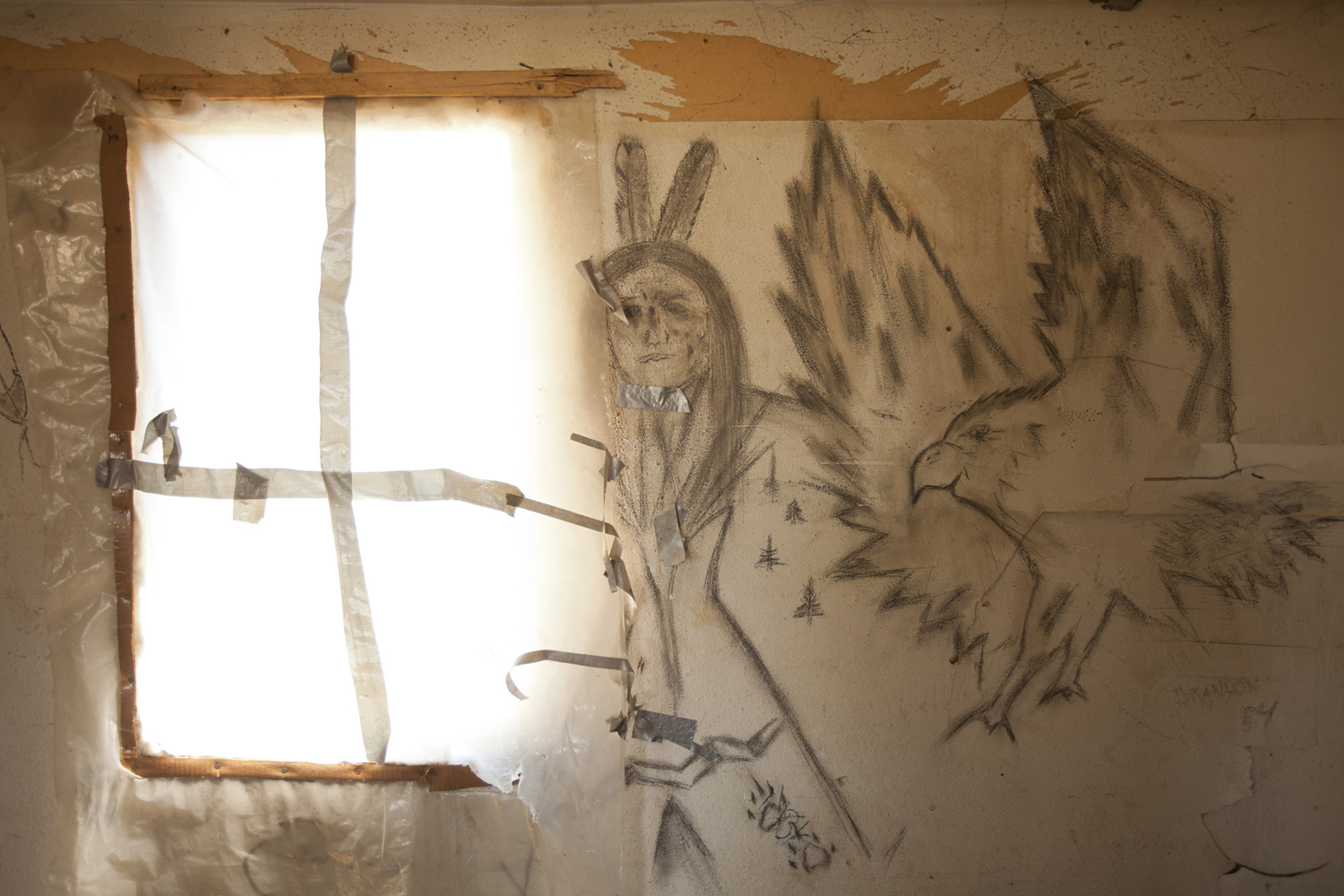



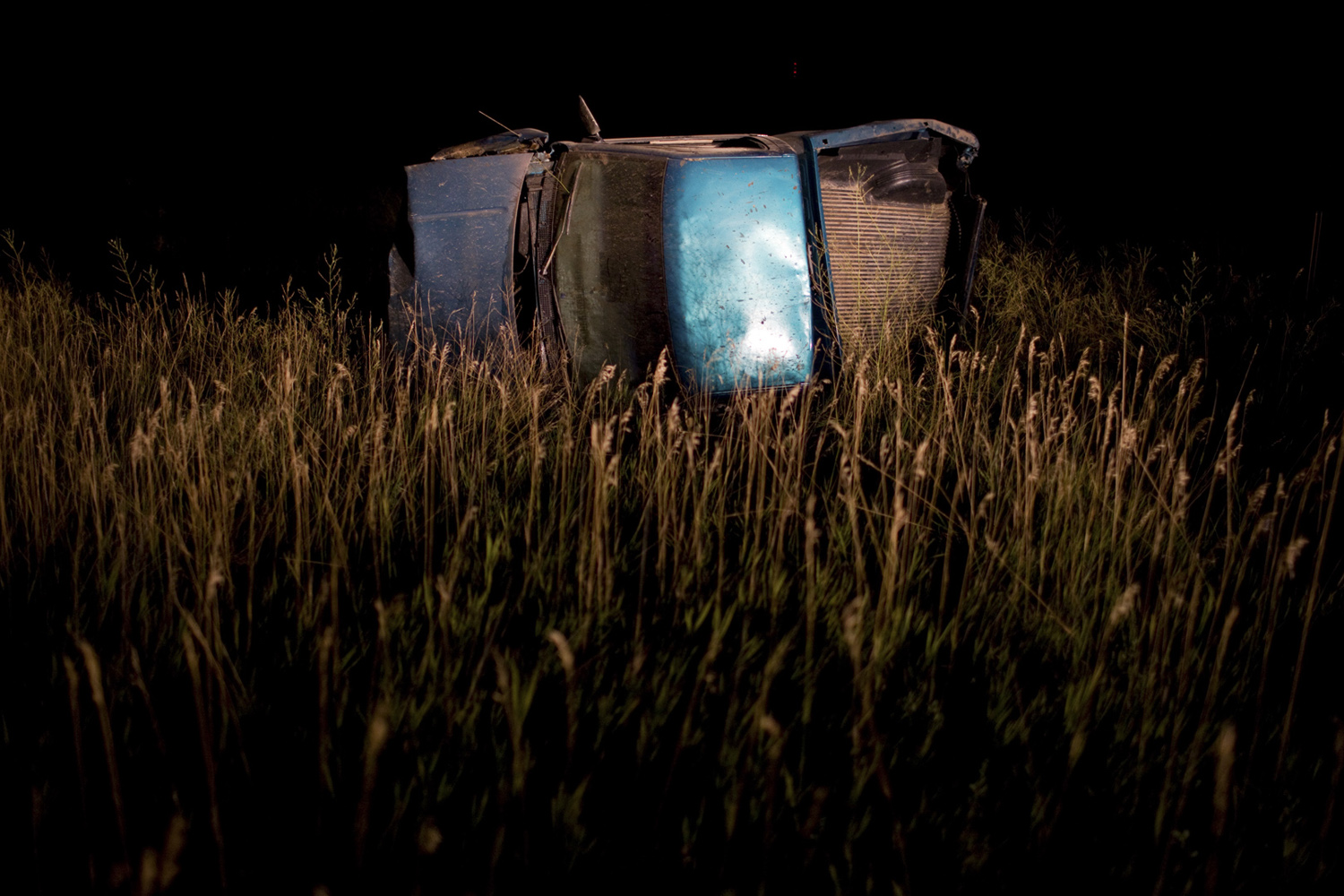
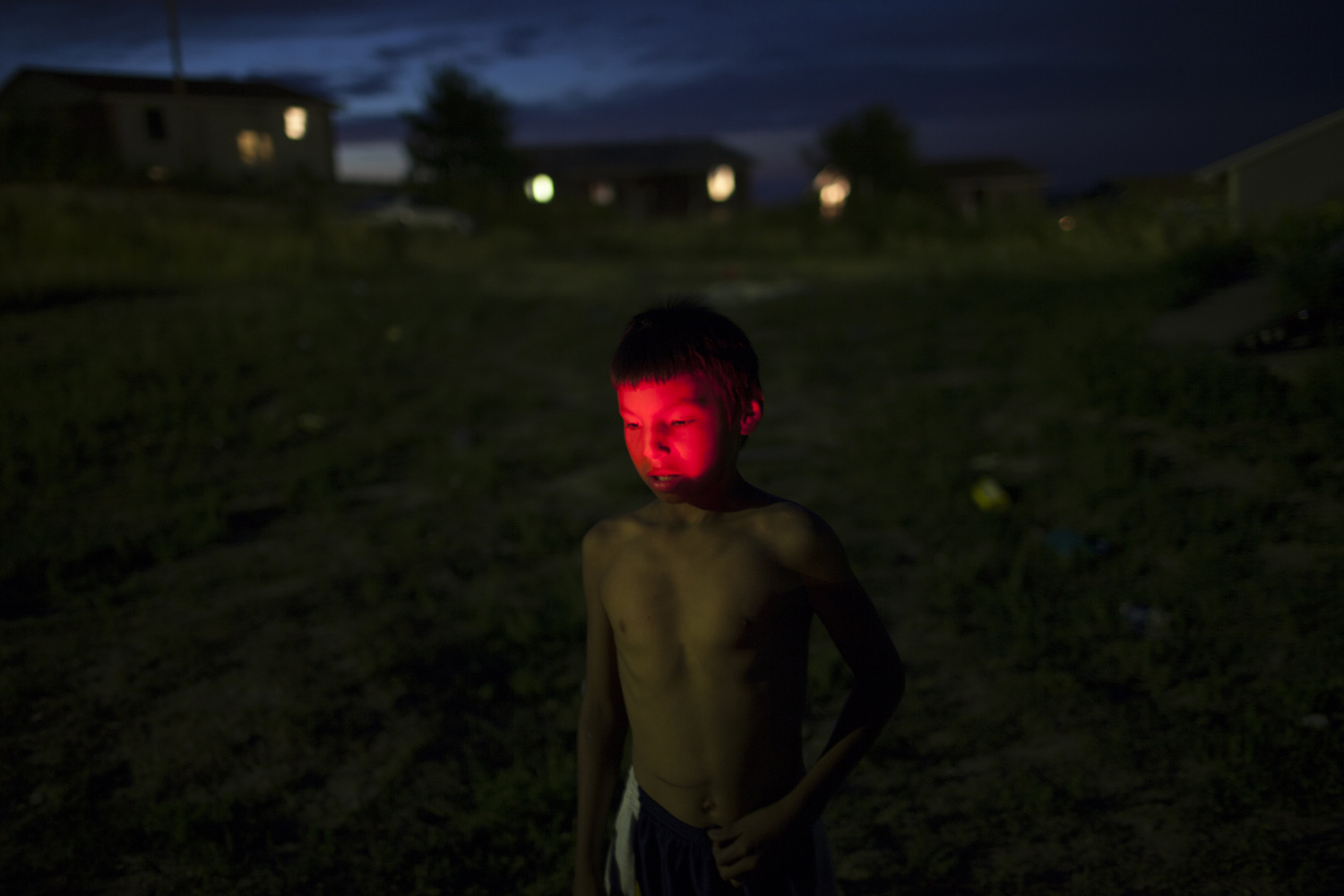
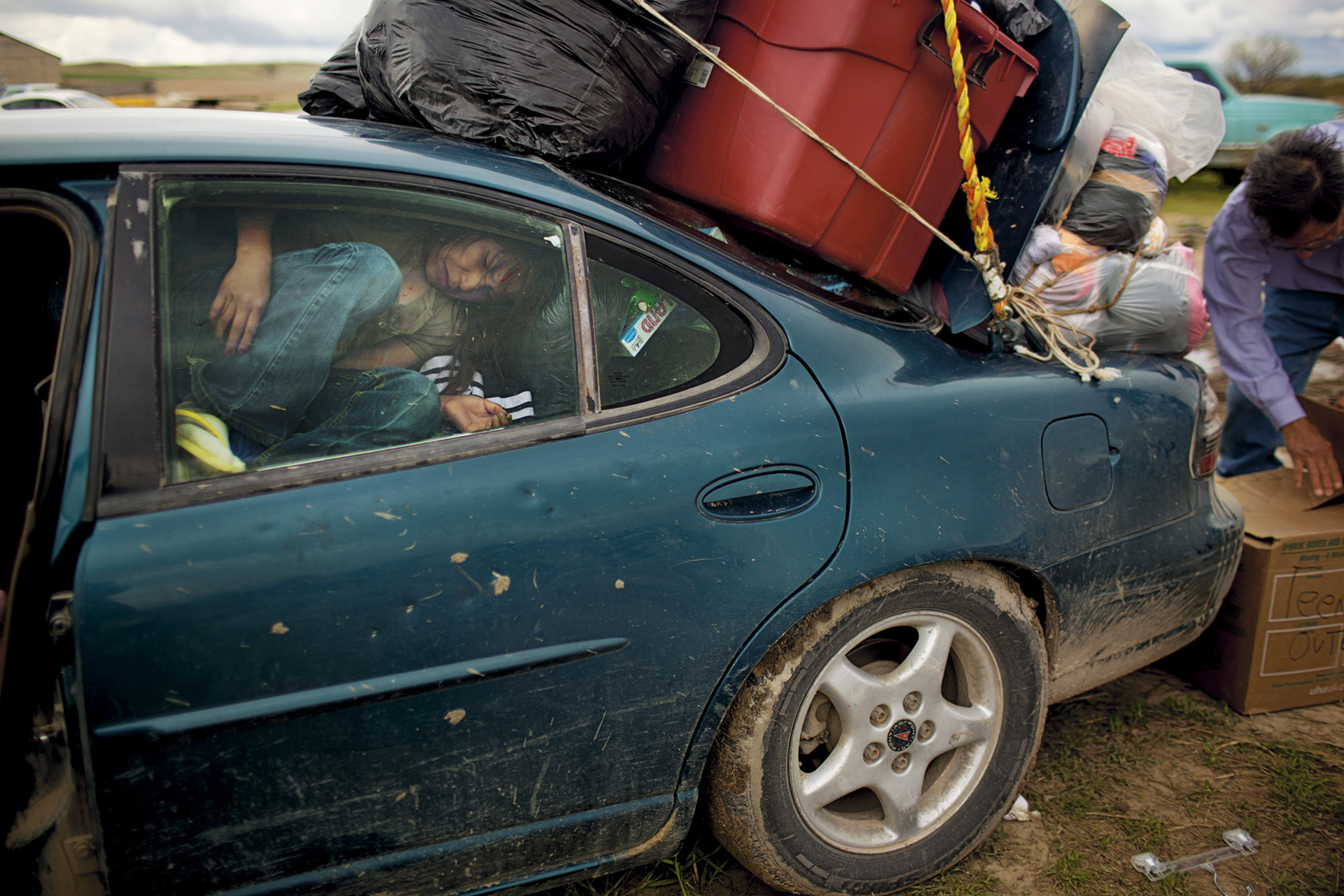

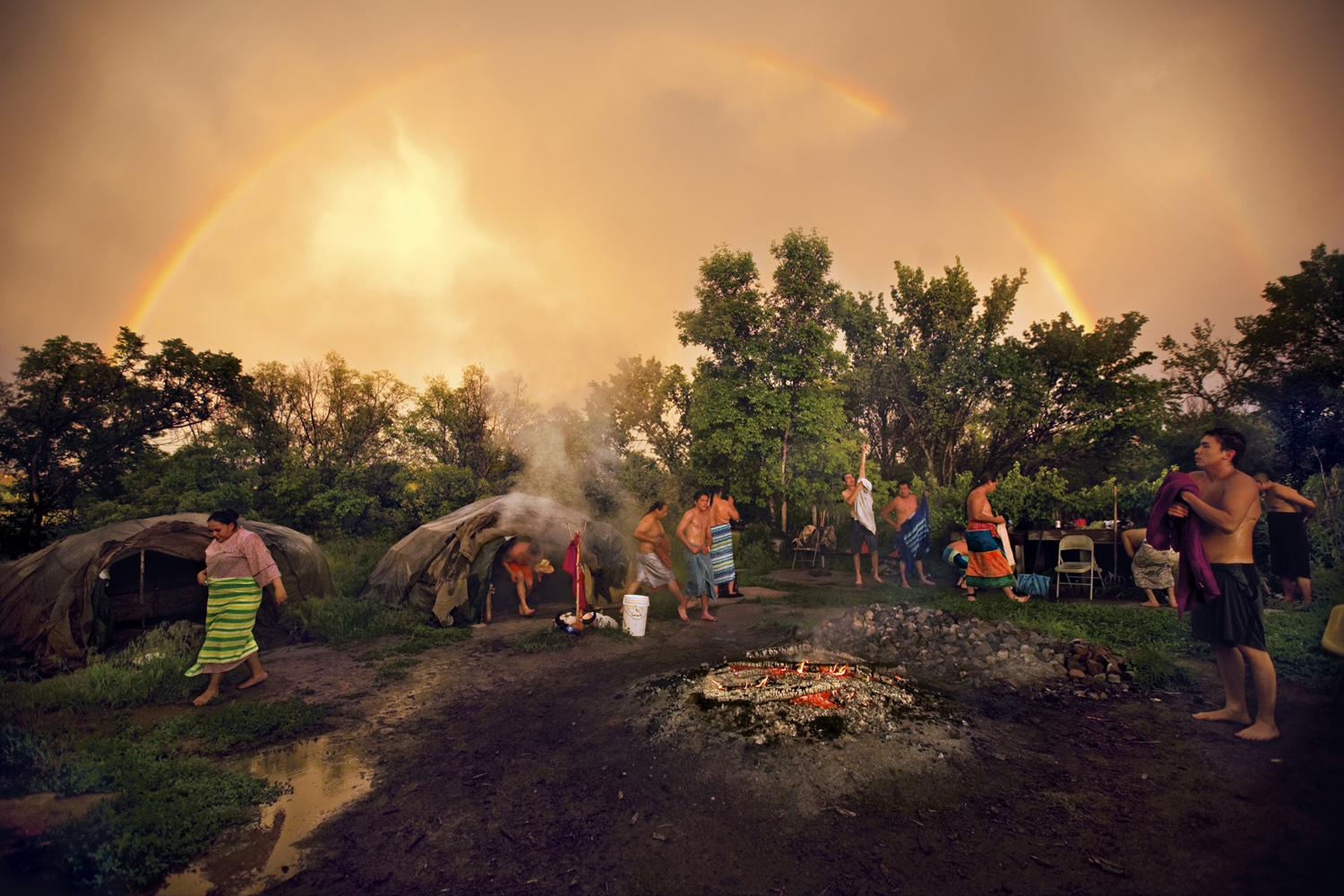
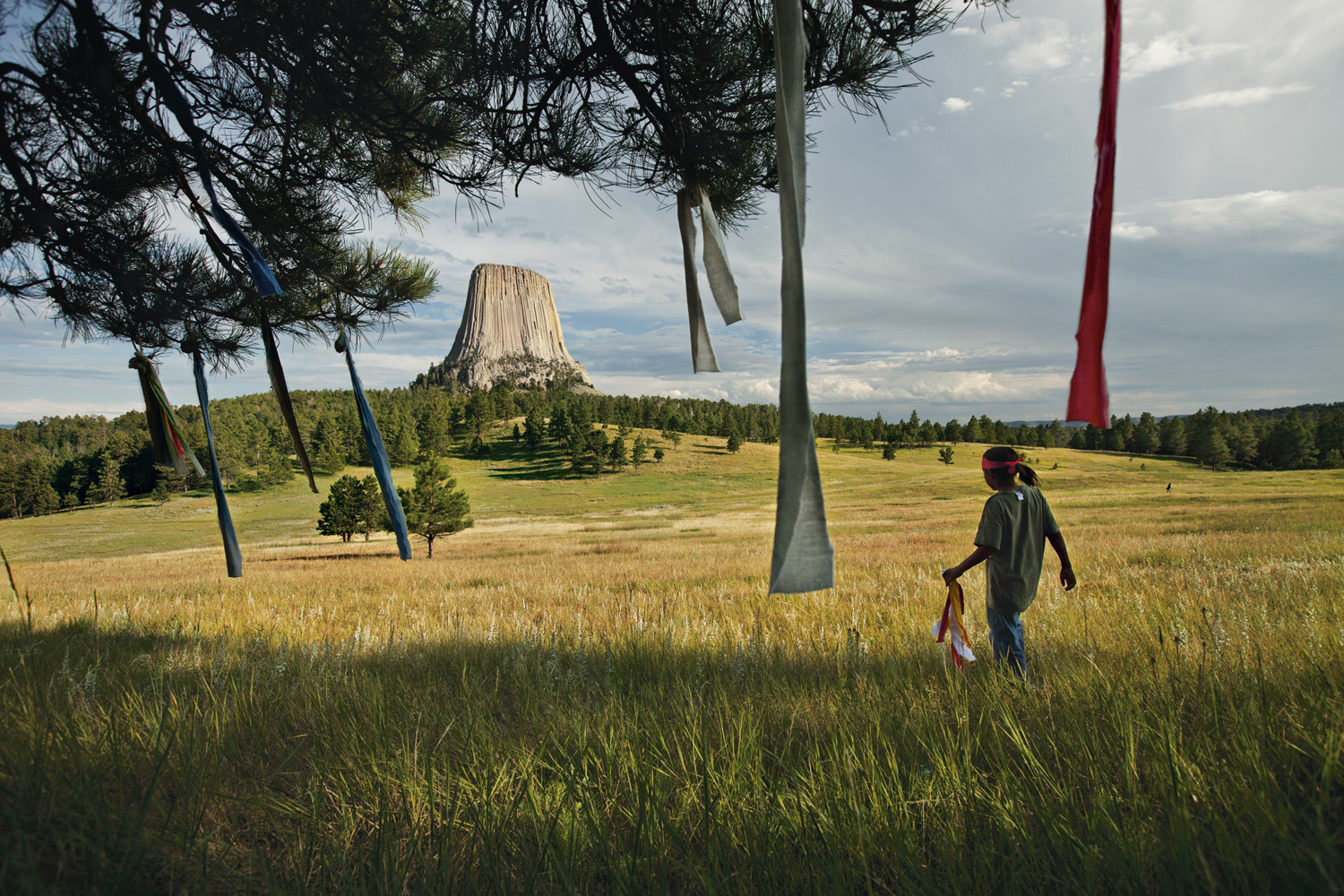
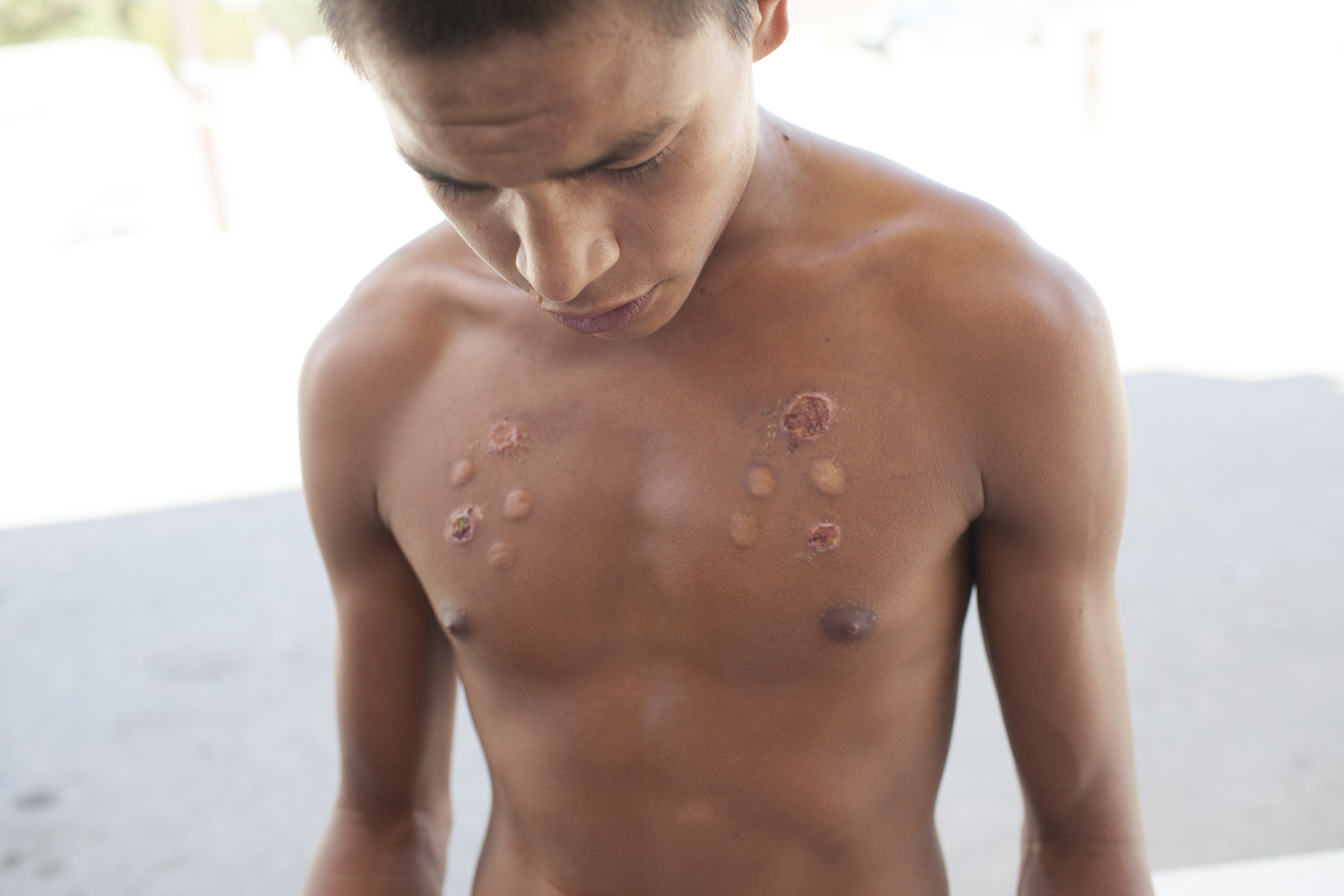
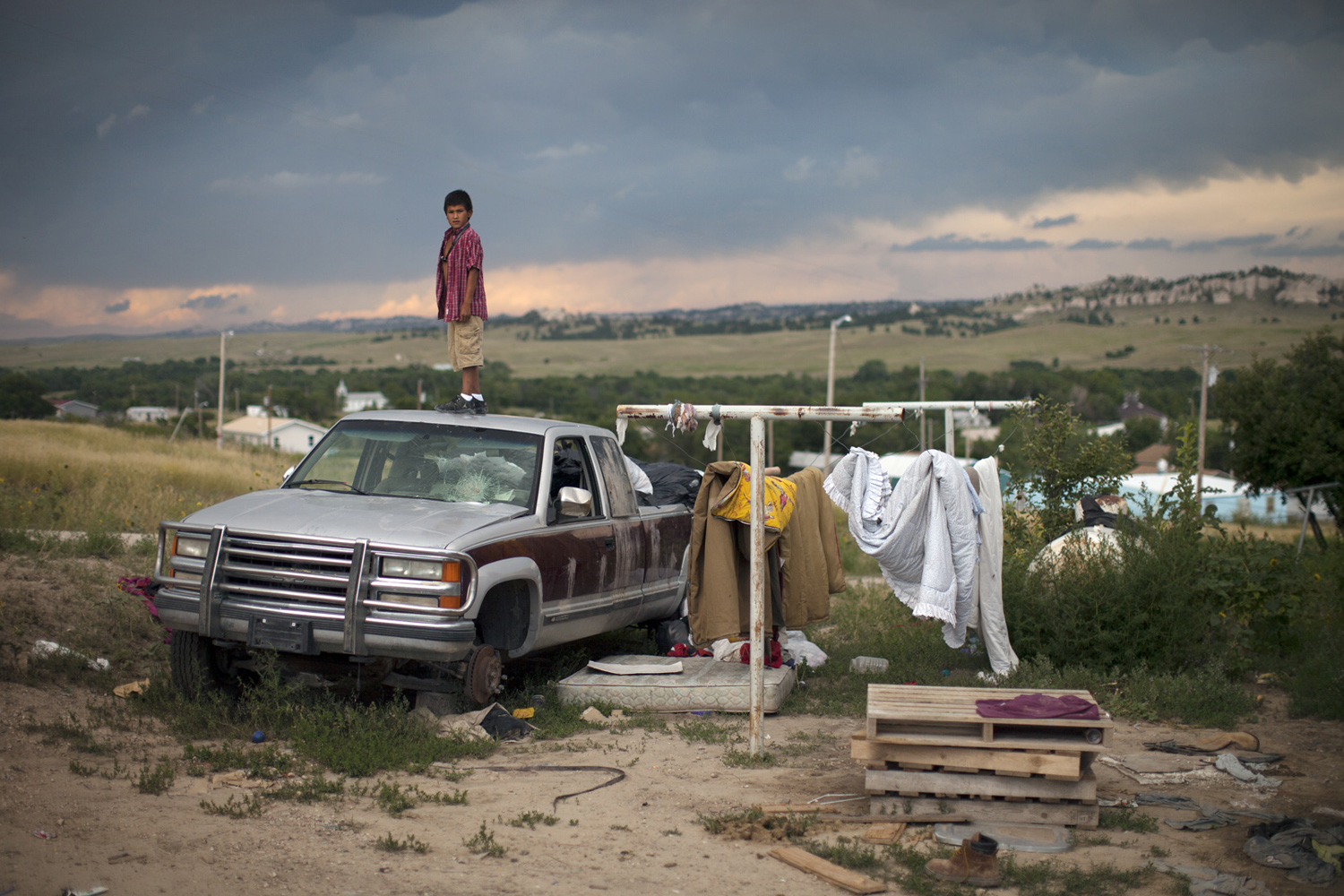

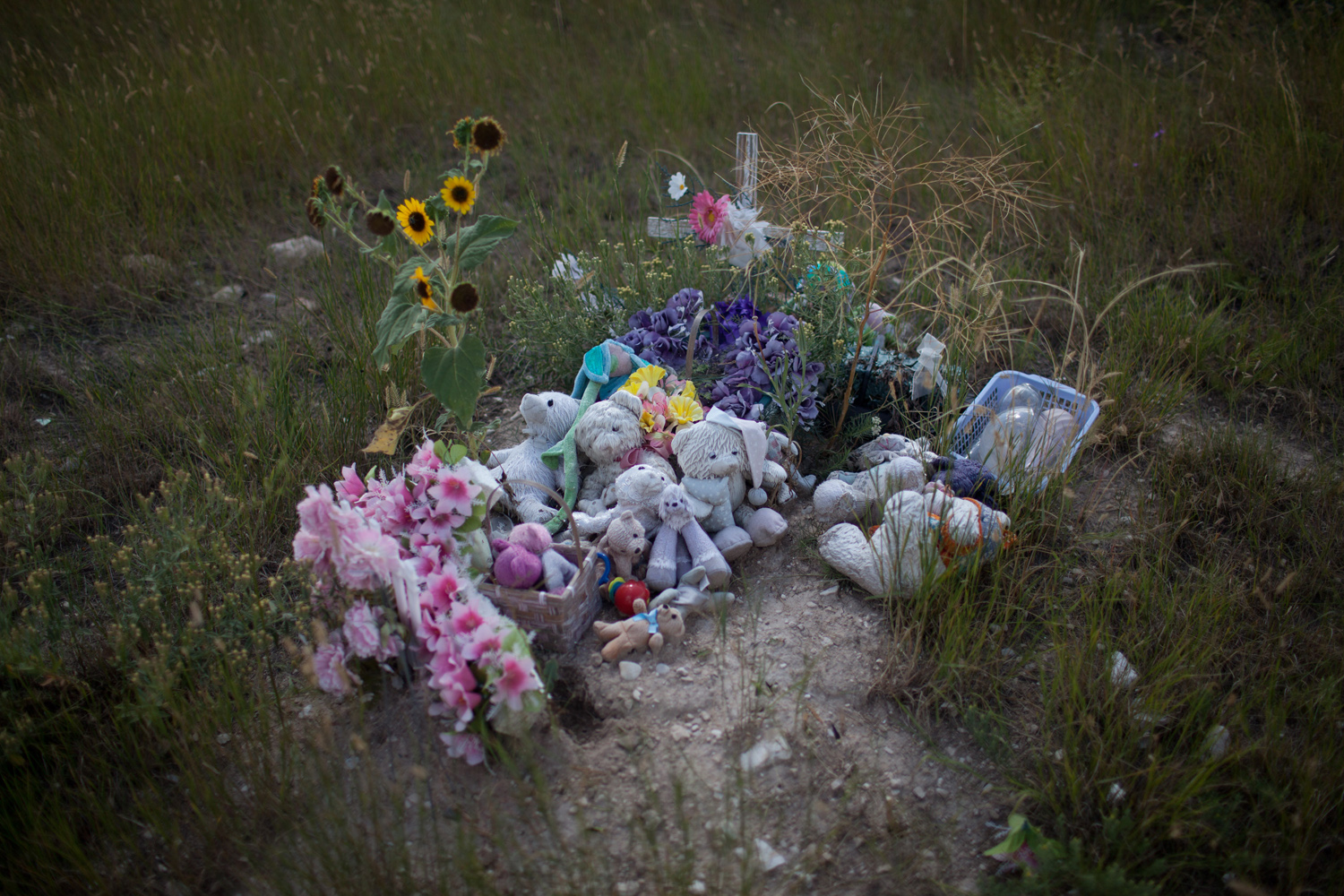
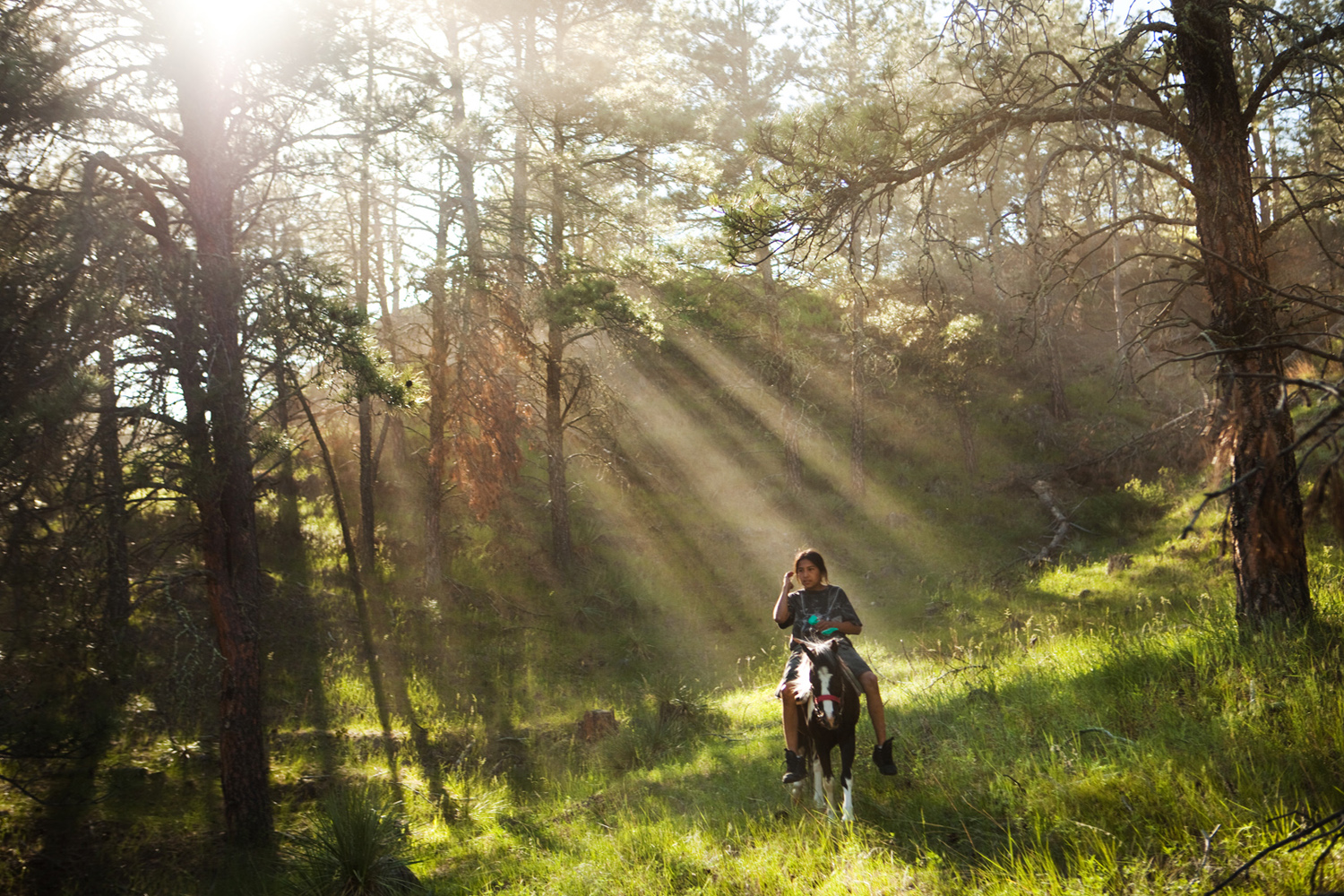

More Must-Reads from TIME
- Why Trump’s Message Worked on Latino Men
- What Trump’s Win Could Mean for Housing
- The 100 Must-Read Books of 2024
- Sleep Doctors Share the 1 Tip That’s Changed Their Lives
- Column: Let’s Bring Back Romance
- What It’s Like to Have Long COVID As a Kid
- FX’s Say Nothing Is the Must-Watch Political Thriller of 2024
- Merle Bombardieri Is Helping People Make the Baby Decision
Contact us at letters@time.com